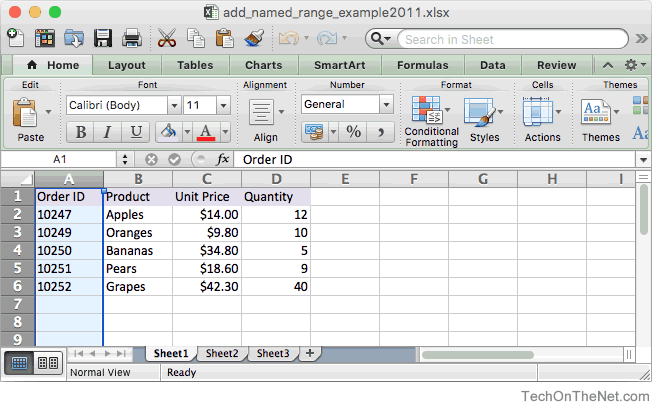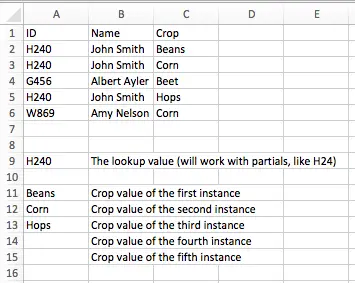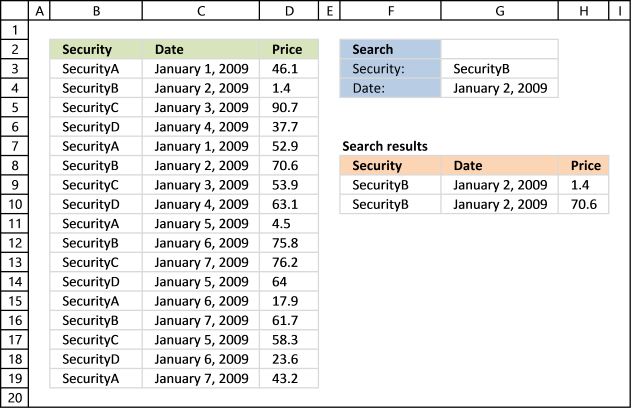
Returns an error because the values in the range B2:B5 are not in descending order.

The position of the value 41 in the range B2:B5. If you need to, you can adjust the column widths to see all the data.īecause there is not an exact match, the position of the next lowest value (38) in the range B2:B5 is returned. For formulas to show results, select them, press F2, and then press Enter. If you want to find an actual question mark or asterisk, type a tilde ( ~) before the character.Ĭopy the example data in the following table, and paste it in cell A1 of a new Excel worksheet. A question mark matches any single character an asterisk matches any sequence of characters.

If match_type is 0 and lookup_value is a text string, you can use the wildcard characters - the question mark ( ?) and asterisk ( *) - in the lookup_value argument. If MATCH is unsuccessful in finding a match, it returns the #N/A error value. MATCH does not distinguish between uppercase and lowercase letters when matching text values. MATCH returns the position of the matched value within lookup_array, not the value itself. The values in the lookup_array argument must be placed in descending order, for example: TRUE, FALSE, Z-A. MATCH finds the smallest value that is greater than or equal to lookup_value. The values in the lookup_array argument can be in any order. MATCH finds the first value that is exactly equal to lookup_value. The values in the lookup_array argument must be placed in ascending order, for example. MATCH finds the largest value that is less than or equal to lookup_value. The following table describes how the function finds values based on the setting of the match_type argument. The default value for this argument is 1. The match_type argument specifies how Excel matches lookup_value with values in lookup_array. The lookup_value argument can be a value (number, text, or logical value) or a cell reference to a number, text, or logical value. This article describes the formula syntax and usage of the DCOUNTA function, which counts the nonblank cells in a field (column) of records in a list or. For example, when you look up someone's number in a telephone book, you are using the person's name as the lookup value, but the telephone number is the value you want. The value that you want to match in lookup_array. If the last parameter is a 1, then the data needs to be sorted and the next smallest result will be returned if an exact match cannot be established. The MATCH function syntax has the following arguments: The last parameter of the Match() function is 0, which means it looks for an exact match and the data can be unsorted. For example, you might use the MATCH function to provide a value for the row_num argument of the INDEX function. You could build your regular expression based on any type of patterns that you might have in one cell and want to vlookup for all of them.Tip: Use MATCH instead of one of the LOOKUP functions when you need the position of an item in a range instead of the item itself. Our formula is traversing through all the values separated by comma in cell F1 and returning the corresponding values from G2, the formula it does not bother about the presence of multiple commas separated values that we want look up for, it will return the value based on the the string that is available in the column B.Īs you could see, I have inserted another value “4-XYZ” and it returns me its corresponding accounting ID. The trick to look up all the values in one cell separated by comma is to use wildcard character “*” in the vlookup formula, which denotes 0 or more character. We could use a simple trick to vlookup if all the look up values are in one cell.Įnter the formula =VLOOKUP(“*” & B2 & “*”,F1:$G$3,2,FALSE) in the cell C2. In cell C2 we want the value of account id corresponding to Row-ID “3-ABC” and the values for all the row id’s are in table ranging from F1:G3 and as you could see all the lookup values are in one cell separated by comma.

To understand it further let’s refer to a scenario here, we have a lot of comma separated values in one cell and we want to vlookup all the values which are there in one cell in excel. This post demonstrates how we could vlookup each comma separated value in one cell.


 0 kommentar(er)
0 kommentar(er)
